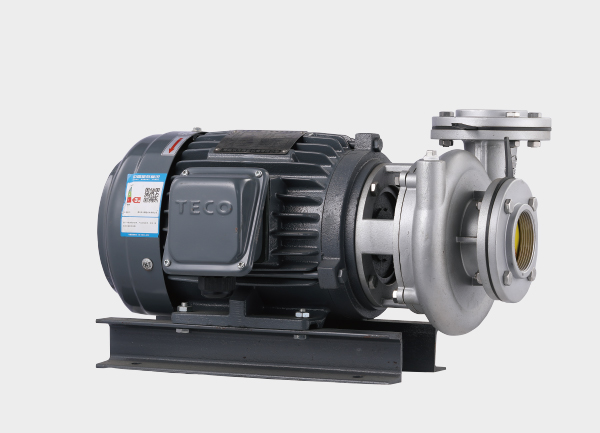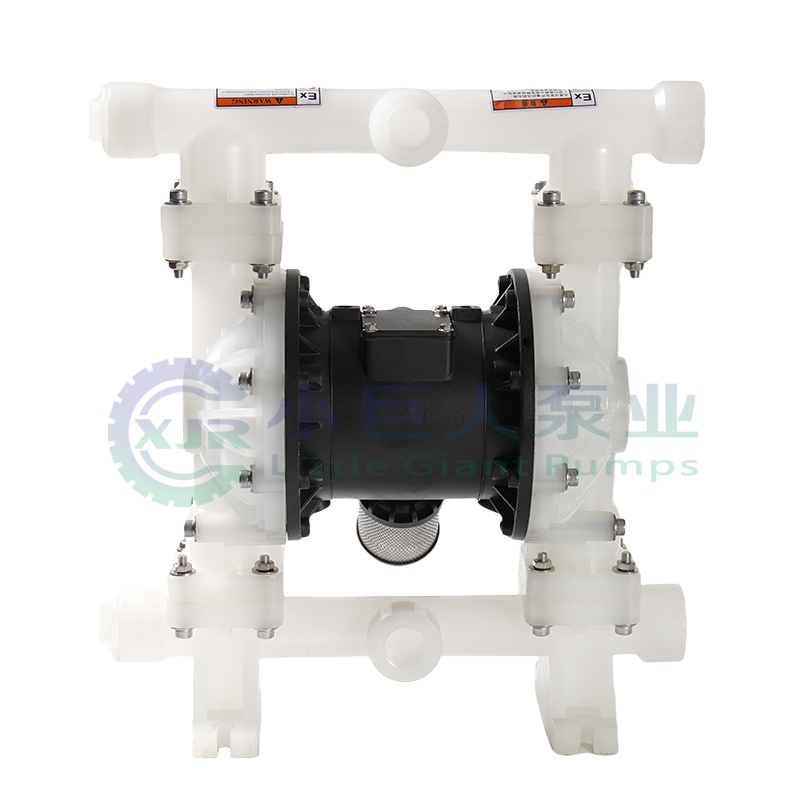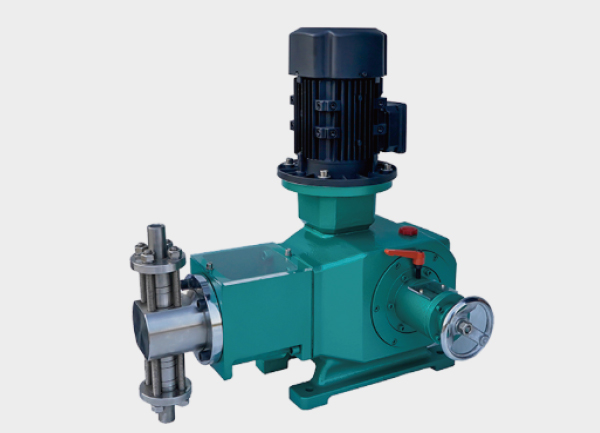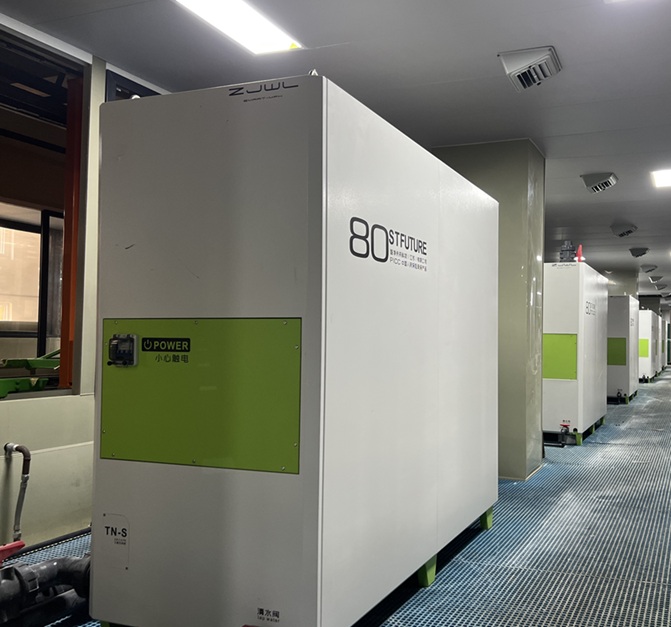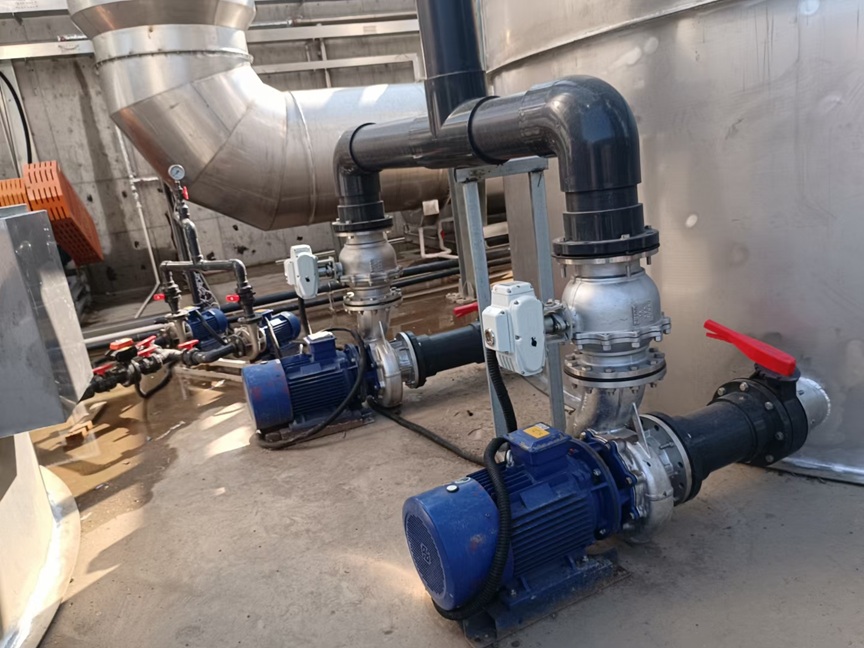A vertical anti-corrosive PP chemical pump is a specially designed centrifugal pump used for transferring corrosive liquids. Its core advantage lies in the use of polypropylene (PP) and modified materials such as FRPP (fiber-reinforced polypropylene) and PVDF (polyvinylidene fluoride) for all wetted parts. Combined with a vertical installation structure, it is widely applied in industries such as chemical processing, electroplating, and environmental protection. Below is a detailed explanation of its materials, structure, operation, and applications.
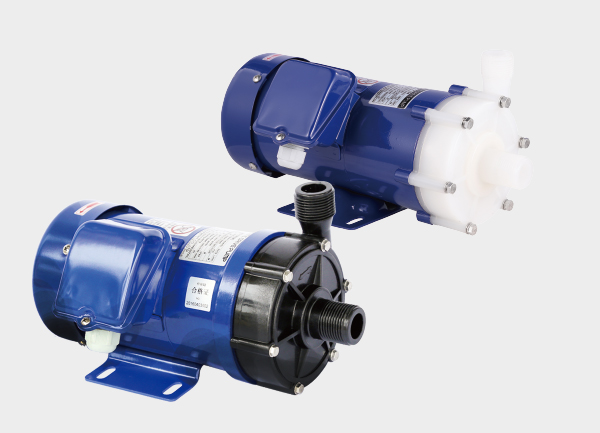
1. Core Materials and Performance Advantages
PP/FRPP Material Properties
Polypropylene (PP) offers excellent chemical resistance, withstanding most acids and alkalis except for highly oxidizing media like concentrated sulfuric or nitric acid. With a density of only 0.9–0.91 g/cm³, it is lightweight yet mechanically strong, suitable for long-term operation below 100°C (FRPP can handle up to 120°C). The fiber reinforcement in FRPP significantly improves deformation resistance, making it ideal for high-pressure applications.
Corrosion-Resistant Design
Key components such as the pump casing, impeller, and sealing ring are made of integrally molded PP/FRPP, ensuring that no metal parts come into contact with the liquid. This design eliminates corrosion risks at the source. For example, FRPP casings can withstand continuous exposure to strong acids like hydrochloric acid and nitric acid without degradation.
2. Structural Design and Working Principle
Vertical Installation
The pump shaft is vertically oriented, with the motor mounted above the liquid level and the impeller submerged in the fluid. This configuration requires no additional foundation and saves space, making it ideal for installation on top of tanks, reactors, or containers to pump liquid directly from the bottom.
Sealing Technology
Mechanical Seal:
Equipped with hard alloy or silicon carbide mechanical seals, combined with a cooling or flushing system to prevent leakage of corrosive media. Suitable for liquids containing fine particles.Magnetic Drive (Seal-less Design):
Utilizes magnetic coupling between the inner and outer magnets for contact-free power transmission, completely eliminating leakage points. This design allows dry running without damaging the pump, making it perfect for toxic, high-purity, or volatile media.Self-Priming Function (Optional):
Some vertical PP pumps feature axial backflow structures, providing a self-priming height up to 6 meters. They require only a small amount of liquid inside the casing before startup, eliminating the need for external priming.
3. Application Fields and Typical Scenarios
Chemical Industry
Used for transferring corrosive chemicals such as sulfuric acid, hydrochloric acid, and sodium hydroxide, as well as electroplating and etching solutions. For example, in PCB manufacturing, FRPP vertical pumps safely handle acidic etching liquid circulation and recovery.
Environmental Water Treatment
Ideal for acid-alkali neutralization, sludge transfer, and scrubber tower circulation in wastewater treatment plants. Its wear-resistant construction allows it to handle liquids containing solid particles.
Food and Pharmaceutical Industries
Food-grade PP pumps can safely transfer beverages and dairy products, complying with GMP and hygiene standards for cleanroom environments.
Energy and Metallurgy
Used for organic solvent transfer in petrochemical plants or acidic wastewater handling in steel manufacturing, serving as a cost-effective alternative to metal pumps.
4. Selection and Maintenance Guidelines
Key Selection Parameters
Flow and Head: Select based on process requirements (e.g., FP series: 3–200 m³/h flow, 5–35 m head).
Temperature and Chemical Compatibility:
FRPP is suitable for temperatures ≤70°C, while PVDF can withstand up to 150°C, making it suitable for high-temperature acids.Explosion Protection:
In flammable or explosive environments, use explosion-proof motors (e.g., IHGB type).
Installation and Maintenance Tips
Ensure inlet/outlet pipelines are properly supported to prevent stress on the pump body.
For self-priming types, install a foot valve at the inlet to prevent backflow.
Check mechanical seal wear regularly (replace lubrication oil every 1000 hours).
Clean the impeller and flow channels periodically to remove debris.
For magnetic drive models, monitor coupling efficiency to avoid demagnetization caused by long dry runs.
5. Advantages Over Horizontal Pumps
Space Efficiency: Vertical design requires no base plate and saves up to 50% of floor space.
Dry-Run Protection: Magnetic drive models can operate briefly without liquid, ideal for intermittent use.
Easy Installation: Integrated design minimizes piping connections, reducing installation complexity and cost.
Conclusion
The vertical anti-corrosive PP chemical pump stands out for its high corrosion resistance, compact structure, and low maintenance requirements, making it the preferred choice for transferring hazardous or corrosive fluids in industrial environments. When selecting a pump, it is essential to consider chemical compatibility, process conditions, and installation layout.
With seal-less magnetic drive options and self-priming capabilities, this pump offers safe, efficient, and leak-free operation, serving as a key component for sustainable and reliable chemical processes.


